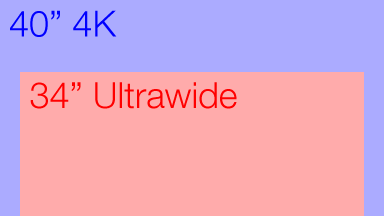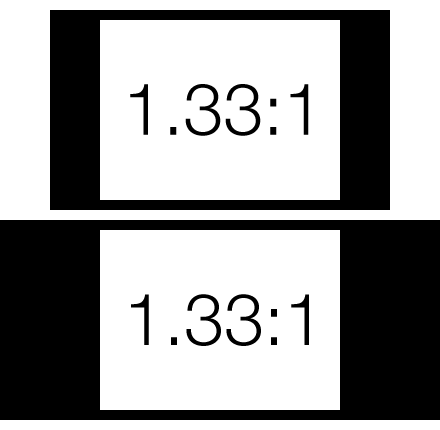Zepher
[H]ipster Replacement
- Joined
- Sep 29, 2001
- Messages
- 20,936
21:9 kind-of makes sense when LCDs have poor black levels if you spend most of your time watching movies I guess.
Otherwise I'm not really seeing the benefit of 21:9 over a 4K monitor.

for me, 40" 16:9 at my view distance is too tall and probably won't fit in the area.
40" 21:9 5120x2160 would be nice though.
http://displaywars.com/40-inch-21x9-vs-40-inch-16x9
and I do watch quite a few movies on my monitor,

![[H]ard|Forum](/styles/hardforum/xenforo/logo_dark.png)



